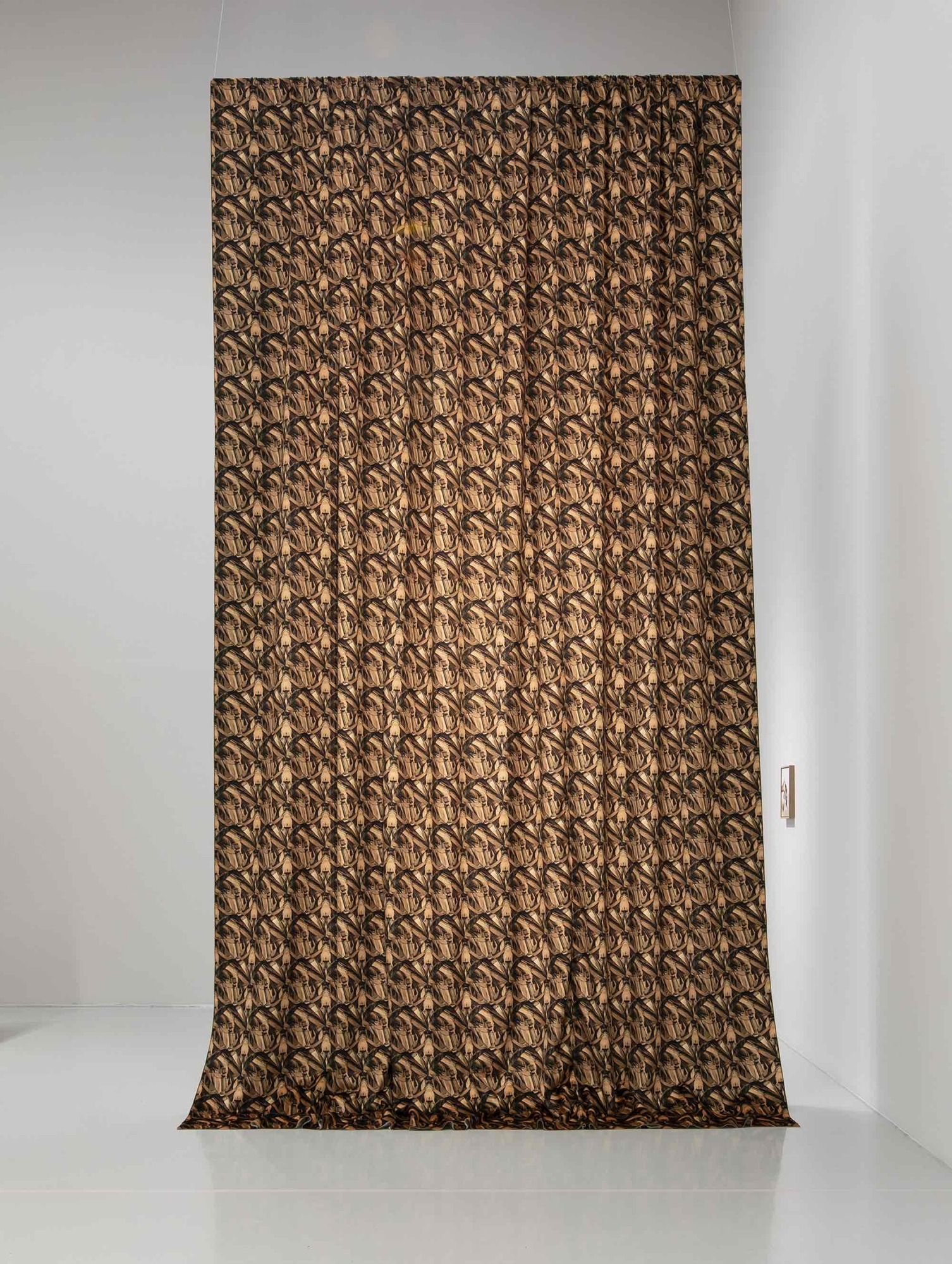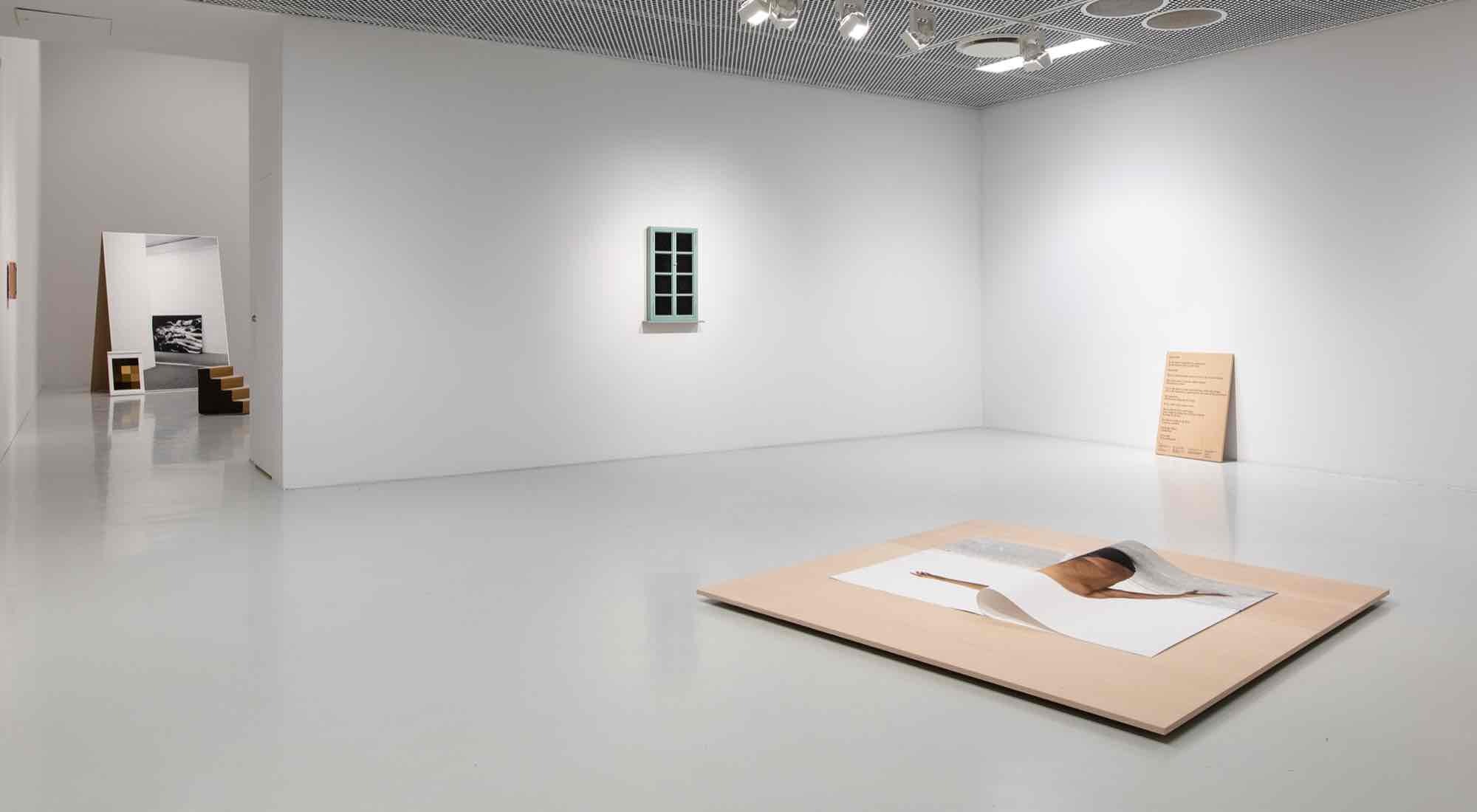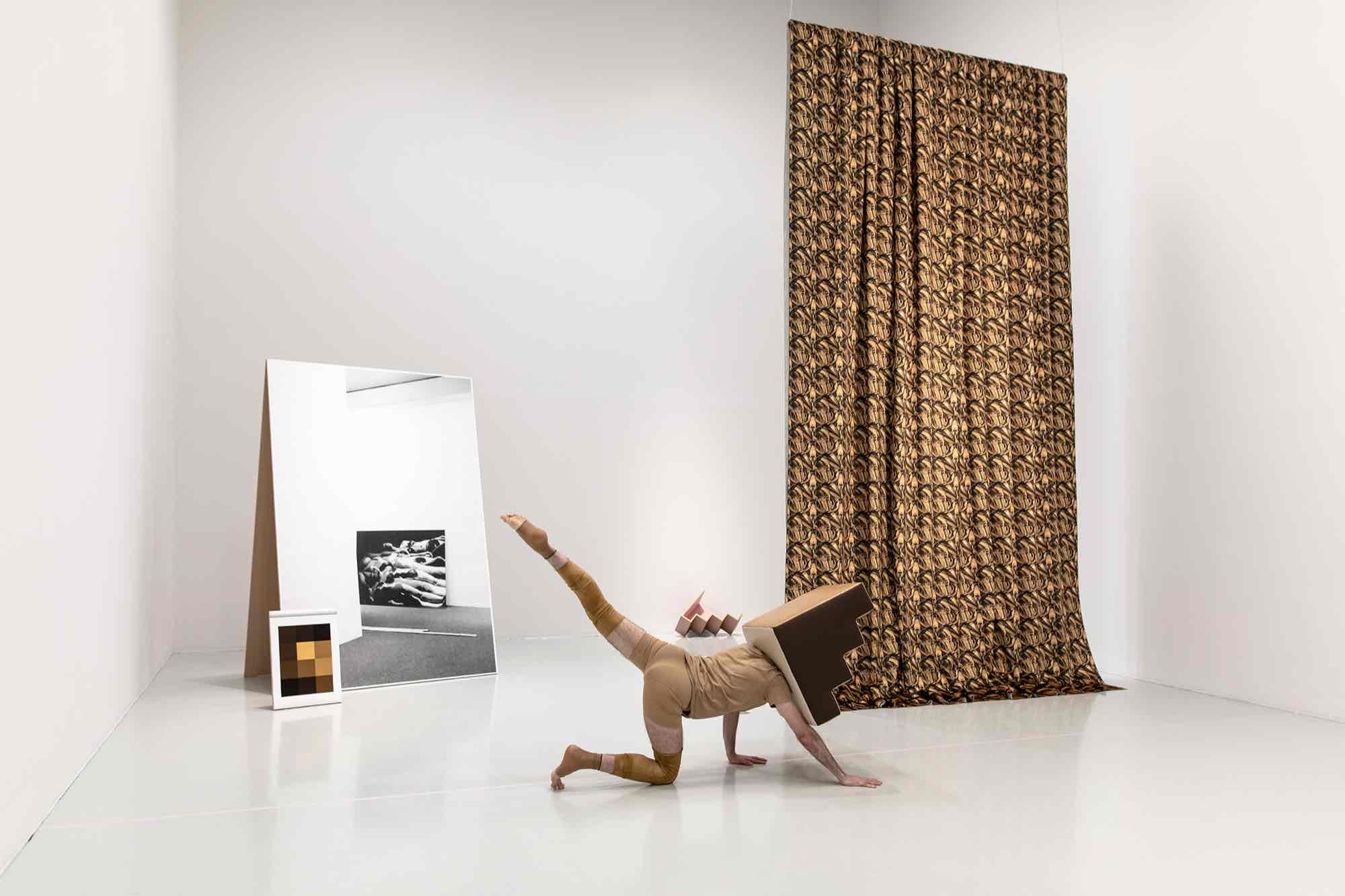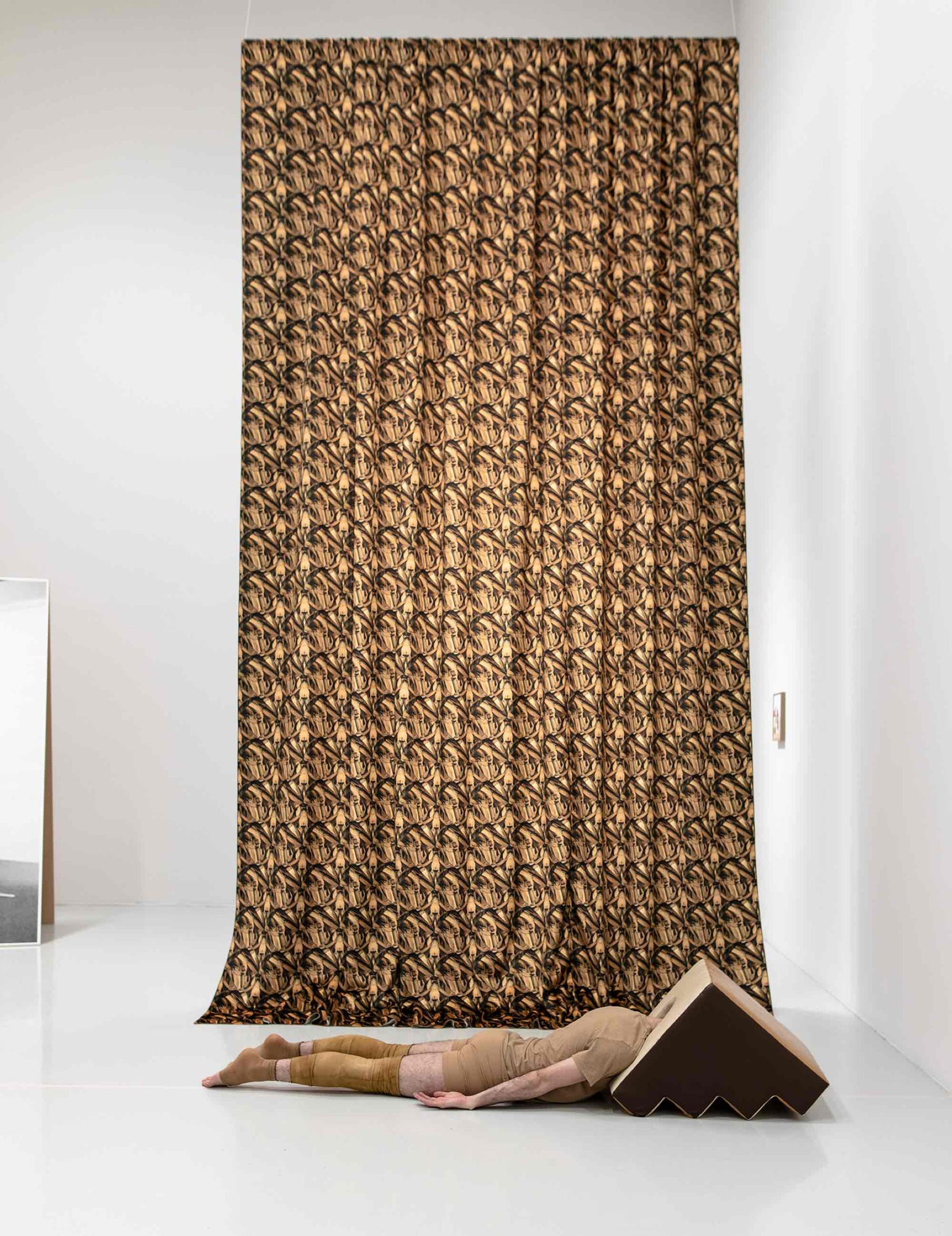Jimmy Robert
Asymmetrical Grammar
01 Apr - 03 Sep 2023

Jimmy Robert, Descendances du nu, part of installation, 2023 Photo: Helene Toresdotter/Moderna Museet
Jimmy Robert’s work explores the political in observation, questioning established conceptions, and opens up for interpretation from multiple points of view. A recurring feature is how meaning is created in the relationship between place, body, and artwork, where all parts appear equally active. His work also poses questions about how a movement can be preserved and how it can be presented in an exhibition context.
– Jimmy Robert’s work makes visible, among other things, the interaction between the private and public body, and it raises questions about gaze and desire, says Andreas Nilsson, curator of the exhibition. Also central to his work are movement and presence as a concept, as we see manifested in the performance presented during the exhibition period.
A central work in the exhibition is the installation “Descendances du Nu” (2016). It includes objects, photographs, performances, sounds, and writing and is based on Marcel Duchamp’s painting “Nude Descending a Staircase” (1912). Robert’s work also ties in with artist colleagues such as Sturtevant and Sherrie Levine, who both have referred to Duchamp in their work. Further, the installation serves as a set for the performance that is part of the work.
Jimmy Robert raises questions in his art about representation, identity, and gender, often rooted in an art or museum context. The artist takes on these complex subjects through a formal language that is fragmented and open, infused with subtle humor, melancholy, and queerness. These works, in which the body in particular is used as a conceptual tool, are allowed to serve both as independent entities and as components of a wider historical network.
Jimmy Robert was born in 1975 in Guadeloupe. Currently he lives in Berlin, where he is a professor of sculpture and performance at the Universität der Künste. Robert has had recent solo exhibitions at institutions such as Künstlerhaus Bremen (2022), Museion in Bolzano (2021), and Nottingham Contemporary in Nottingham (2020). He has presented large-scale performances at the KW Institute for Contemporary Art in Berlin (2019), Performa 17 in New York (2017), and the Centre d’Art Contemporain in the Synagogue de Delme, France (2016).
Curator: Andreas Nilsson
– Jimmy Robert’s work makes visible, among other things, the interaction between the private and public body, and it raises questions about gaze and desire, says Andreas Nilsson, curator of the exhibition. Also central to his work are movement and presence as a concept, as we see manifested in the performance presented during the exhibition period.
A central work in the exhibition is the installation “Descendances du Nu” (2016). It includes objects, photographs, performances, sounds, and writing and is based on Marcel Duchamp’s painting “Nude Descending a Staircase” (1912). Robert’s work also ties in with artist colleagues such as Sturtevant and Sherrie Levine, who both have referred to Duchamp in their work. Further, the installation serves as a set for the performance that is part of the work.
Jimmy Robert raises questions in his art about representation, identity, and gender, often rooted in an art or museum context. The artist takes on these complex subjects through a formal language that is fragmented and open, infused with subtle humor, melancholy, and queerness. These works, in which the body in particular is used as a conceptual tool, are allowed to serve both as independent entities and as components of a wider historical network.
Jimmy Robert was born in 1975 in Guadeloupe. Currently he lives in Berlin, where he is a professor of sculpture and performance at the Universität der Künste. Robert has had recent solo exhibitions at institutions such as Künstlerhaus Bremen (2022), Museion in Bolzano (2021), and Nottingham Contemporary in Nottingham (2020). He has presented large-scale performances at the KW Institute for Contemporary Art in Berlin (2019), Performa 17 in New York (2017), and the Centre d’Art Contemporain in the Synagogue de Delme, France (2016).
Curator: Andreas Nilsson





